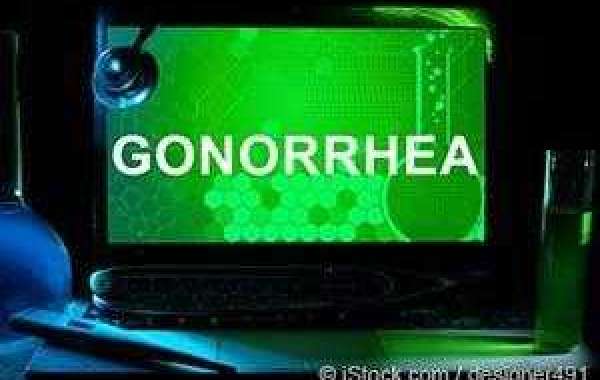Gonorrhea is essentially a bacterial infection that mainly spreads through sexual intercourse. The bacteria strain responsible for the disease is Neisseria gonorrheae, which was discovered by German physician Albert Ludwig Sigesmund Neisser in 1879.1
Though the official cause of gonorrhea was discovered in the late 19th century, records indicate that the disease has been in existence since the early ages. The name gonorrhea itself came from the Greek words for "seed flow" because the Greeks thought that the disease was a leakage of semen from the penis.2
Why Is Gonorrhea Called 'the Clap?'
If you know someone who has had or currently has gonorrhea, you may have heard them call it "the clap." It's a popular nickname for the disease, but no one really knows exactly where it originated. However, there are some theories, such as:3
- Medieval French language: It's believed that the word "clap" came from the old French word for brothels, which is "clapier." Since these establishments tend to spread sexually transmitted diseases (STDs) easily, gonorrhea was eventually known as "clapier bubo" in French. A bubo is an infection in the groin area, so those who visited a brothel basically came out with clapier bubo.
- Old English language: The old English word "clappan" means to beat or to throb. Since gonorrhea produces a painful and throbbing sensation in the penis, people associated clappan with the disease.
- A literal clap: Since male gonorrhea comes with penile discharge, it's thought that "the clap" is a literal clapping of the penis between two flat surfaces to help remove the discharge.
How Gonorrhea Spreads and Its Prominent Symptoms
Gonorrhea is normally spread through vaginal intercourse, but it can be passed on through oral or anal sex as well. Ejaculation does not need to happen for gonorrhea to spread — just the contact of one person's genitals with another person's is enough to spread the infection. Newborn infants may get gonorrhea as well if the mother has vaginal gonorrhea at the time of childbirth.4
If you've wondered what gonorrhea looks like, remember that men and women exhibit the same symptoms. The clearest indicator is the presence of penile or vaginal discharge that may have a yellow, green or white color, and usually appears one to 14 days after becoming infected.5 Other symptoms include painful urination and needing to urinate more frequently.6
Safe Sex Helps Prevent Gonorrhea
The good news is that gonorrhea can be entirely prevented. The most important thing to remember is to have your male partner use condoms, as this can prevent the spread of gonorrhea and other STDs.7
If you or your partner exhibits any unusual symptoms that may be indicative of gonorrhea, abstain from sexual intercourse. At the same time, have yourself screened for STDs regularly. If gonorrhea (or another STD) has been detected, you should seek treatmentimmediately to prevent the infection from spreading.8














